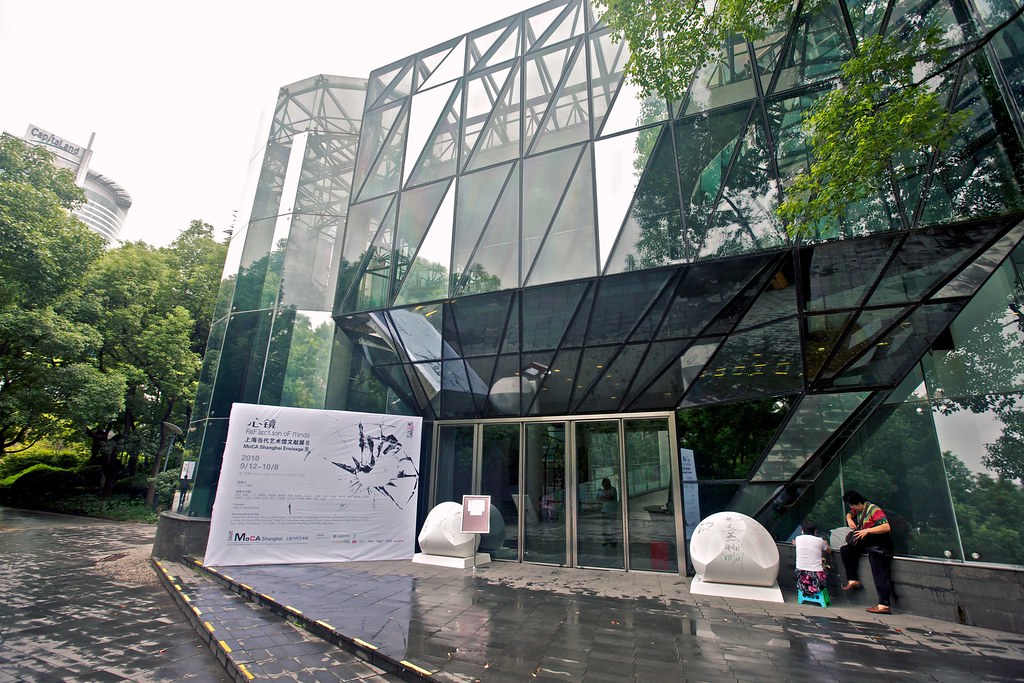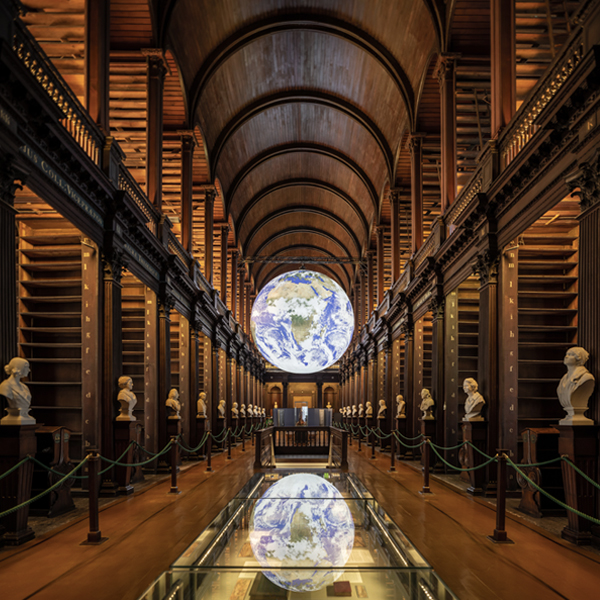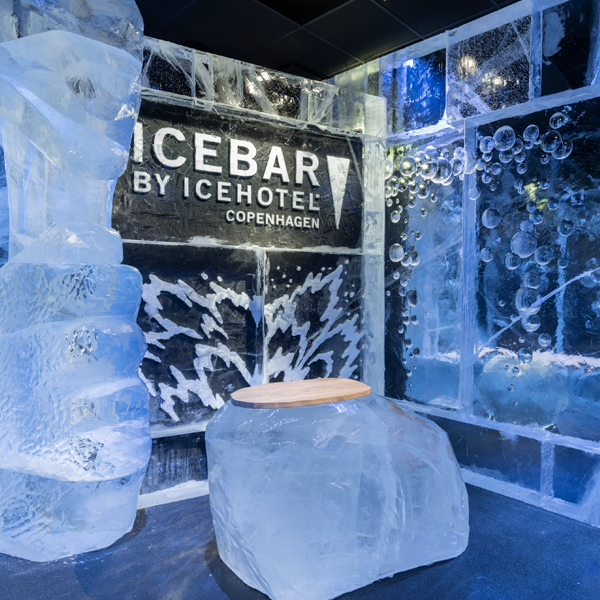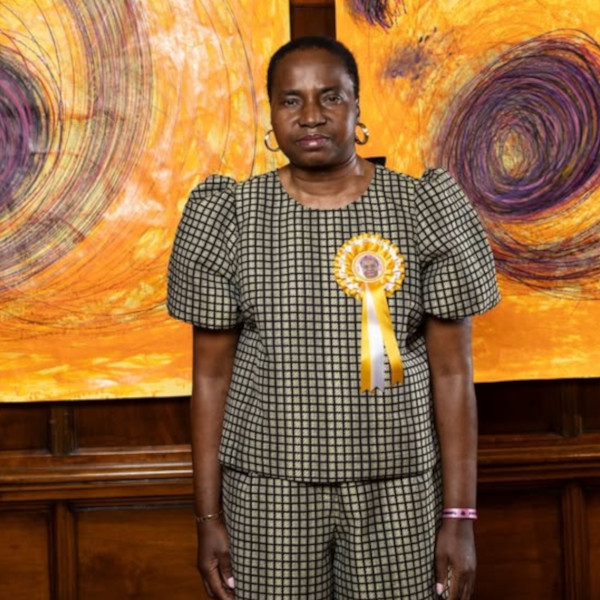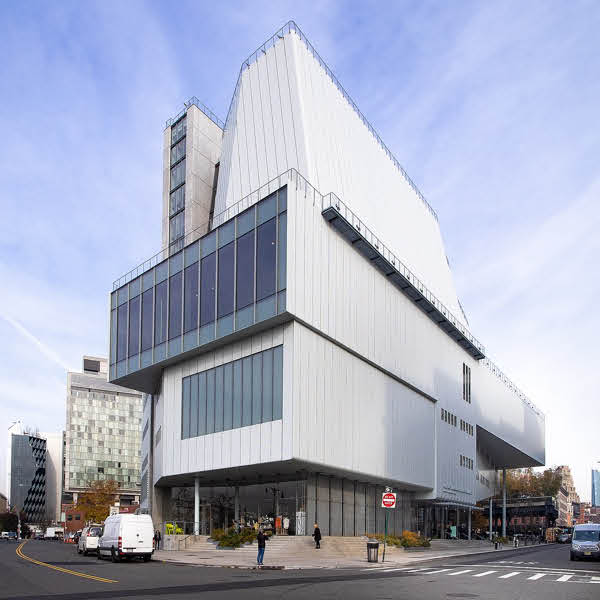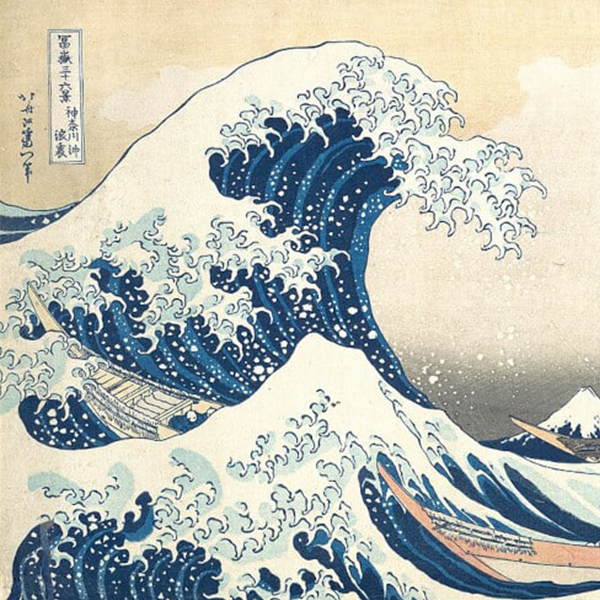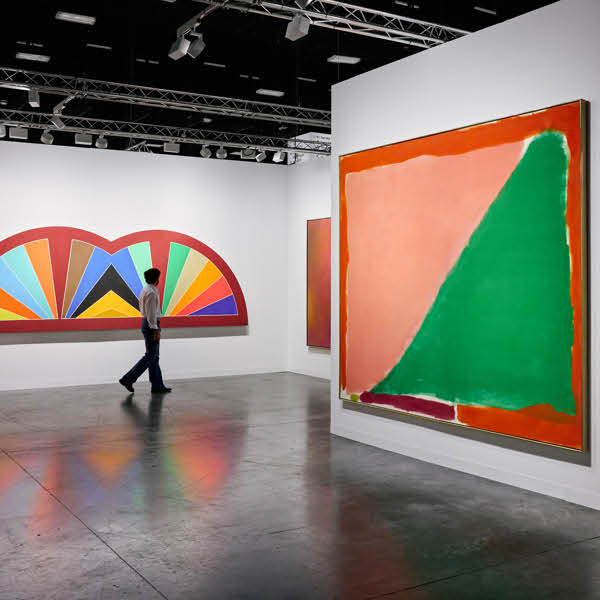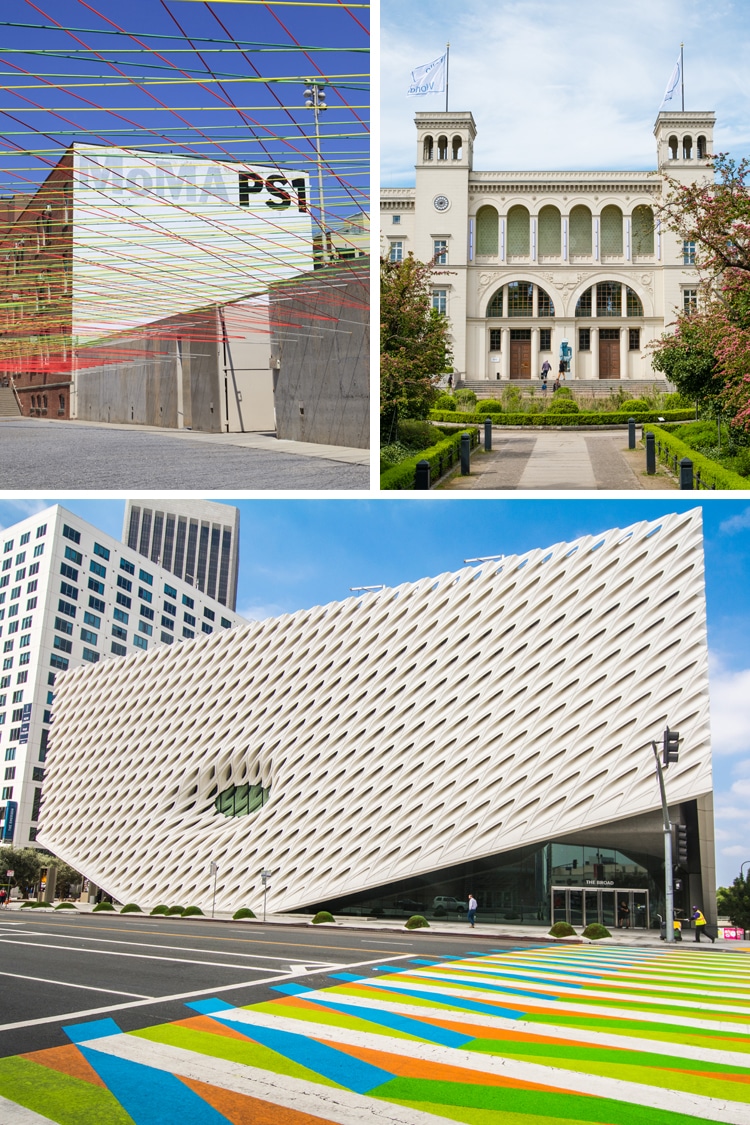
You can scour Google Arts and Culture all day, but it will never match seeing an amazing work of art in person. Looking at the craftsmanship and experiencing its presence can be an awe-inspiring moment. Better yet, viewing work that's outside of our culture encourages us to think beyond ourselves—just like traveling does.
When you visit a new place, get a double dose of the locale’s culture by visiting a contemporary art museum. Some of the best institutions feature a mixture of work that has both world-famous names as well as great makers from around the area. They will also push the envelope in terms of format and welcome new media. If you visit the MoMA PS1 in Queens, for instance, it prides itself on being an experimental platform where fresh ideas can flourish. But they're not alone; you’ll find similar attitudes in Tokyo and Shanghai.
If you’ve got a permanent sense of wanderlust, here are 10 of the best contemporary art museums in the world to get you started.
Scroll down to read about the best contemporary art museums in the world.
Los Angeles County Museum of Art & Broad Contemporary Art Museum Los Angeles, USA
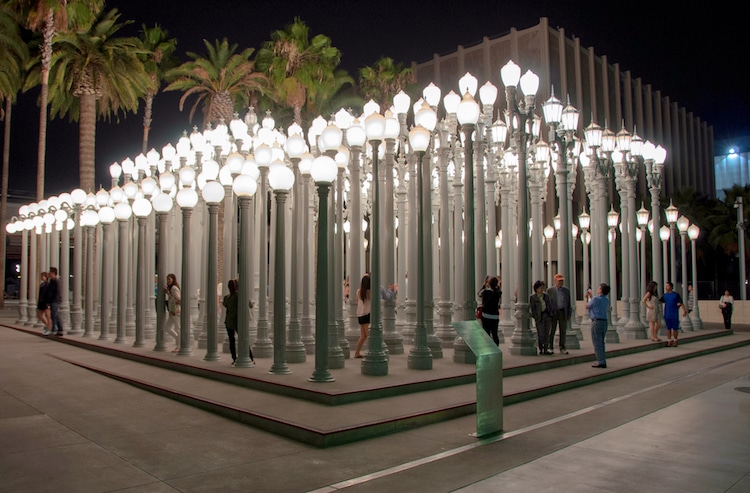
Los Angeles County Museum of Art
Photo: Tourists at LACMA from Maks Ershov/Shutterstock.com

Broad Contemporary Art Museum
Photo: The Broad Museum in Los Angeles with a crosswalk by artist Carlos Cruz-Diez from Kapi NG/Shutterstock.com
The Los Angeles County Museum of Art (LACMA) is the largest art museum in the western United States. With an acquisition of more than 120,000 objects, they have a collection of modern pieces as well as a contemporary selection that’s augmented by the Broad Contemporary Art Museum. The Broad opened in 2008 and includes the work of Jeff Koons, Cindy Sherman, Jean-Michel Basquiat, and Barbara Kruger. Together, the two museums showcase art history after World War II.
Whitney Museum of American Art, New York, USA
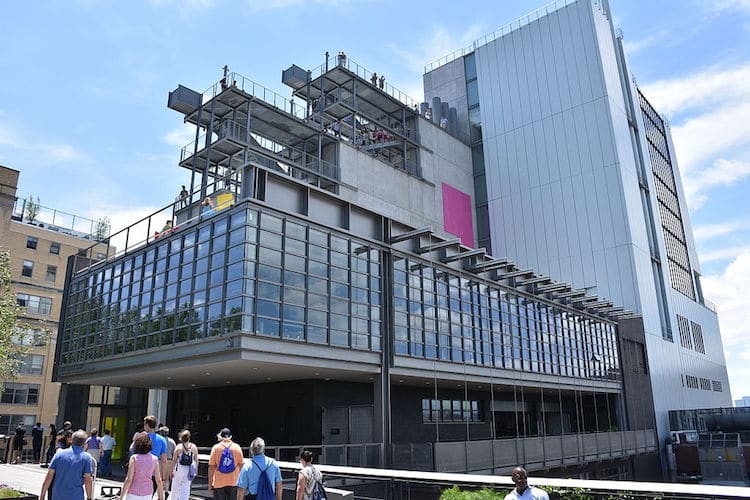
Photo: MusikAnimal – Own work, CC BY-SA 4.0
More commonly referred to as the “Whitney,” this institution focuses on American art from the 20th and 21st centuries. Their 21,000-piece collection features the conventional formats of paintings, sculptures, prints, and photographs, in addition to new media, film, and video. One of their most well-known, enduring events is the Whitney Biennial. Every two years, it features a survey of contemporary American art and highlights lesser-known talent.
Guggenheim Museum Bilbao, Bilbao, Spain

Photo: PA – Own work, CC BY-SA 4.0
The architecture of the Guggenheim Bilbao precedes the artworks kept inside. Created by architect Frank Gehry, the institution is best known for hosting “large-scale, site-specific works” by contemporary artists from around the world. One of the most notable showcases featured Richard Serra’s 340-foot-long piece called Snake, which was made for the inauguration of the museum in 1997. Serra’s work was celebrated yet again in 2005 in The Matter of Time, which presented his “weathered steel” sculptures (including Snake).
Museo d'Arte Contemporanea di Roma, Rome, Italy
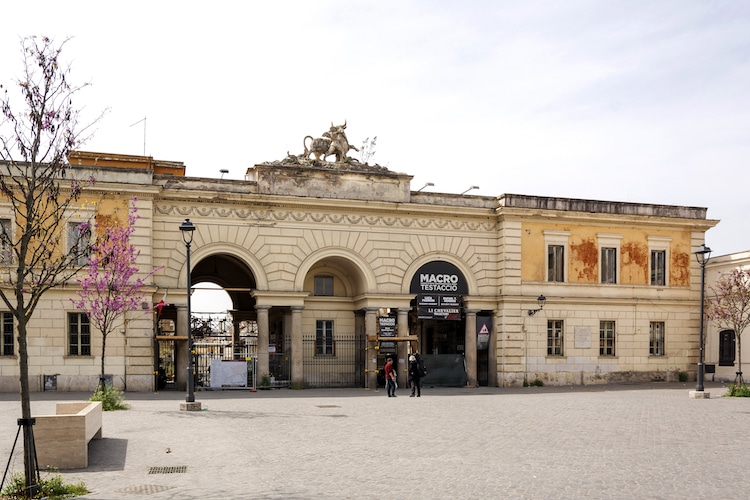
MACRO Museum is housed in a former 19th century slaughterhouse from rarrarorro / Shutterstock.com
The Museo d'Arte Contemporanea di Roma, also known as MACRO, is housed in two separate but distinct locations: one is a former brewery in Via Nizza, and the other is a former slaughterhouse in Piazza Orazio Giustiniani. Their collection contains defining artists of the Italian art scene from the 1960s on. After October 2018, the institution will be the headquarters of the experimental project “MACRO Asilo,” which will be a “meeting space between the artists and city,” where artists can produce works and show them in the multidisciplinary space.
Museum of Modern Art PS1, Queens, USA
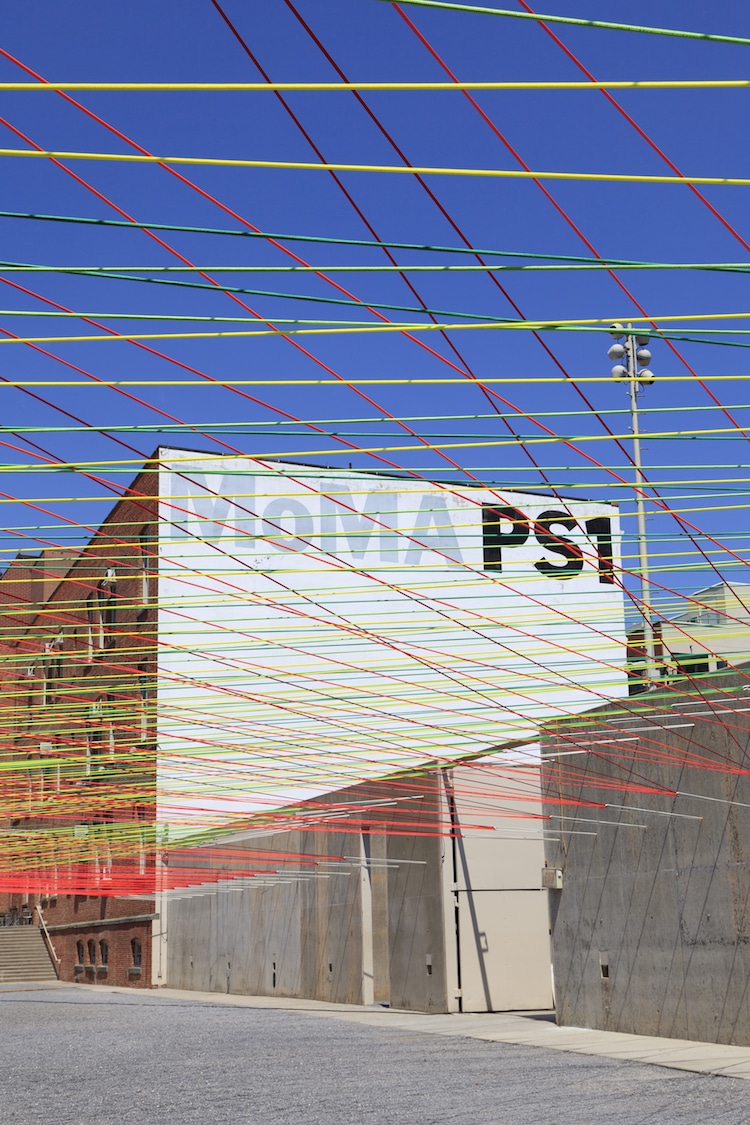
MoMA PS1 is dedicated solely to contemporary art from Osugi / Shutterstock.com
The Museum of Modern Art PS1 is one of the largest institutions in the United States that’s dedicated just to contemporary art. Located in Queens, the space focuses on exhibiting rather than collecting, which allows it to showcase experimental art and use the area as a catalyst for “new ideas, discourses, and trends in contemporary art.” Site-specific installations, artist retrospectives, and historical surveys are part of its programming.
Tate Modern, London, England
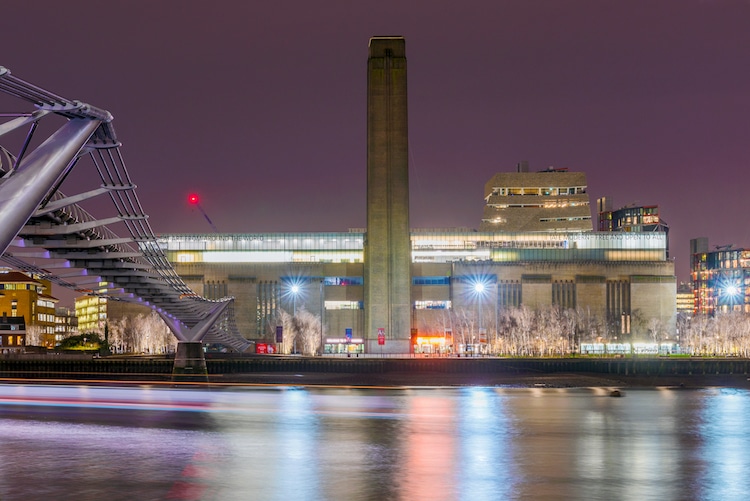
A night view of the Tate Modern from asiastock / Shutterstock.com
Established in 1897 by Henry Tate, the Tate went from housing a small collection of British art to nearly 70,00 artworks comprising four separate institutions. The Tate Modern is one part of the Tate group and opened in 2000. Some of the artists in their collection include Anish Kapoor, who bought the rights to using Vantablack—aka the “world’s blackest black.”
Mori Art Museum Tokyo, Japan
Created by real estate developer Minoru Mori, Mori Art Museum in Tokyo chooses not to exhibit a permanent collection. Instead, the institution has temporary exhibitions by artists including Ai Weiwei, who displayed 26 of his works (from the 1990s on) in 2009 for a show called According to What?
Museum of Contemporary Art Shanghai (MoCA), Shanghai, China
Founded in 2005, the MoCA Shanghai was the first private contemporary art museum in China. The vision was to “gather together excellent artwork from around the world,” as well as be a platform for showcasing contemporary Chinese artists—and expand their influence across the globe. The institution prides itself on being multidisciplinary and features works outside of fine art to encompass fashion, architecture, and digital art. Salvatore Ferragamo, Chanel, and Pixar are just a few of the retrospectives they have hosted.
Hamburger Bahnhof, Berlin, Germany
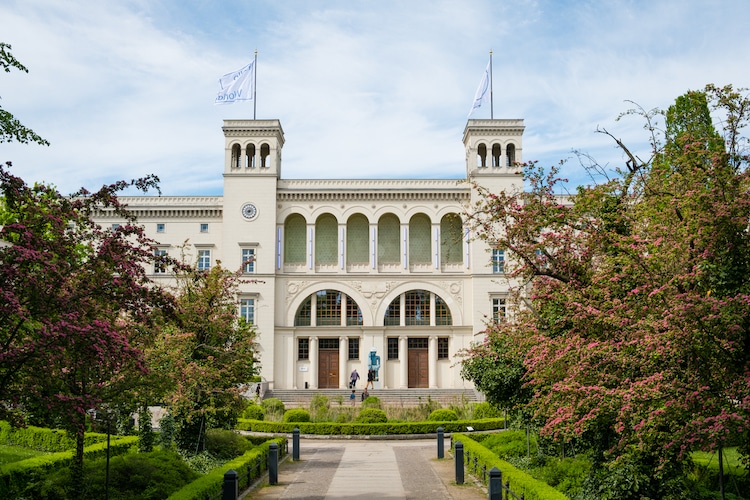
A former railway station is now the Hamburger Bahnhof Museum of Contemporary Art from hanohiki / Shutterstock.com
The Hamburger Bahnhof is housed in a former train station but now focuses on art from the 1960s to the present day. From Pop Art to Expressionism to Minimalism, the institution shows it all with the goal of blurring artistic boundaries. The photography section is highly regarded with works by Bernd and Hilla Becher, Thomas Ruff, and more. For those that prefer conceptual art, they’ll find it in the Hamburger Bahnhof, too, with the likes of Marcel Duchamp and Bruce Nauman.
Related Articles:
How Museums Evolved Over Time From Private Collections to Modern Institutions
Rijksmuseum Digitizes 600,000+ Works of Art, Making Masterpieces Available Online
20+ People Who Discovered Their Art History Doppelgängers at Museums

